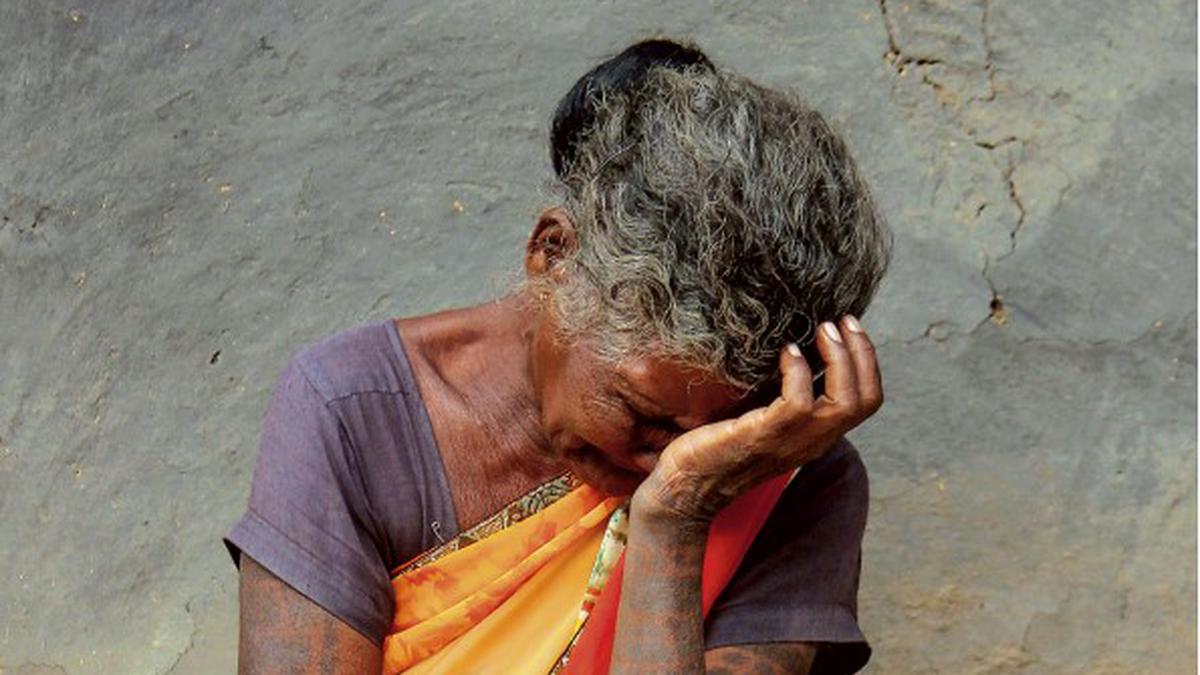
The lost daughters of Odisha’s border villages
The Hindu
In Lulkidihi, Odisha, many daughters have gone missing, leaving parents in despair. Despite police complaints, they remain untraceable. NCRB report shows 1,120 persons trafficked from Odisha in 2022, with 1,816 rescued. 7,565 children still missing, Odisha ranks 6th in table of missing persons. Girls from tribal communities leave for metros to work as domestic help, lured by promise of high pay. Pragati survey reveals 44,707 girls migrated, 13,000 untraceable. Govt initiatives & police campaigns urge people to register before leaving district.
A visitor to Odisha’s Lulkidihi village in Sundargarh district, will see their phone light up with BSNL’s welcome messages from Odisha, Chhattisgarh, and Jharkhand. But before the one-nation-one-number plan was implemented in 2015, the now 60-year-old Victor Minz would cross State borders countless times, from this village bordering the other two States, to access cheaper rates and better phone networks, just to make anxious calls to New Delhi and Mumbai. He was desperately looking for his second daughter, Rati (name changed to protect privacy), then about 16. Two decades since Rati left for New Delhi to work as a house-help, Mr. Minz wonders if he will ever know what befell her. The police complaints led nowhere.
The Crime in India 2022 report, released by the National Crime Record Bureau (NCRB), says 1,120 persons were trafficked from Odisha in 2022, the highest in the country. Though with 1,816 person rescued, the State also has the highest number of human trafficked victims rescued in 2022. But as of December 2022, as many as 7,565 children under 18 continue to be missing. Odisha ranks sixth in the table of missing persons, with 41,759 people still not traced.
In Lulkidihi, many daughters have gone missing, leaving parents in despair. Some families maintain contact, thanks to mobile networks, preventing their children from becoming statistics on the missing persons list. Most people here are from tribal communities and speak a linguistic mashup of Odia, Hindi, Sadri (the local dialect), and Chhattisgarhi. Routes to India’s metro cities are mapped out even before girls take their Class X examinations.
Lulkidihi comes under Balisankara block. At a conservative estimate by the locals, over 300 girls have travelled from here to work in metros, some under compulsion, many with consent. Arun Kumar Sahoo, a concerned youth in Lulkidihi, says, “Teenage girls often come into contact with suspicious agencies. Some relatives turn out to be agents too.”
Gadhatoli, an area in Lulkidihi, houses 30 families. A brief survey reveals that 10 girls have sought employment as domestic helpers in Mumbai and New Delhi. The dearth of opportunities and employment options in Lulkidihi prompted them to seek out livelihoods there.
Rasmita Kujur, 50, is a mother to three daughters who have embarked on a journey to Mumbai. After they finished school, they sought out and got placed in homes, the oldest via an agency, and the other two through the oldest. Anticipation fills the air as her daughters plan to come back on Christmas eve, a tradition observed by the majority of Christian households here.











